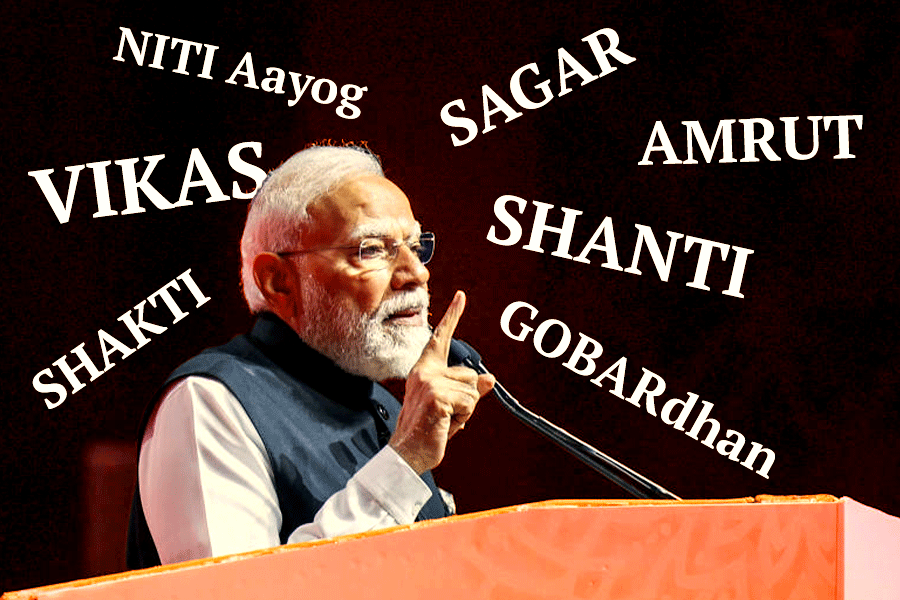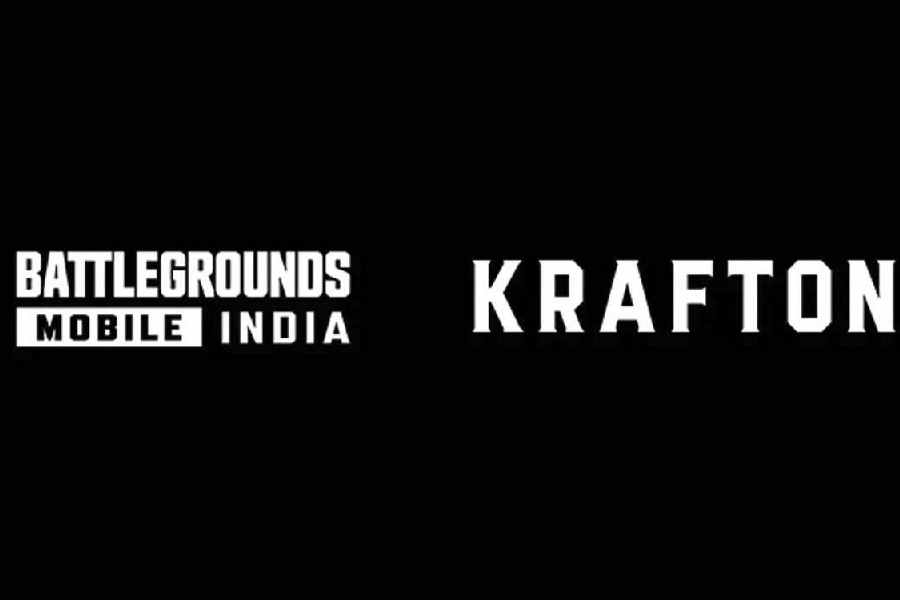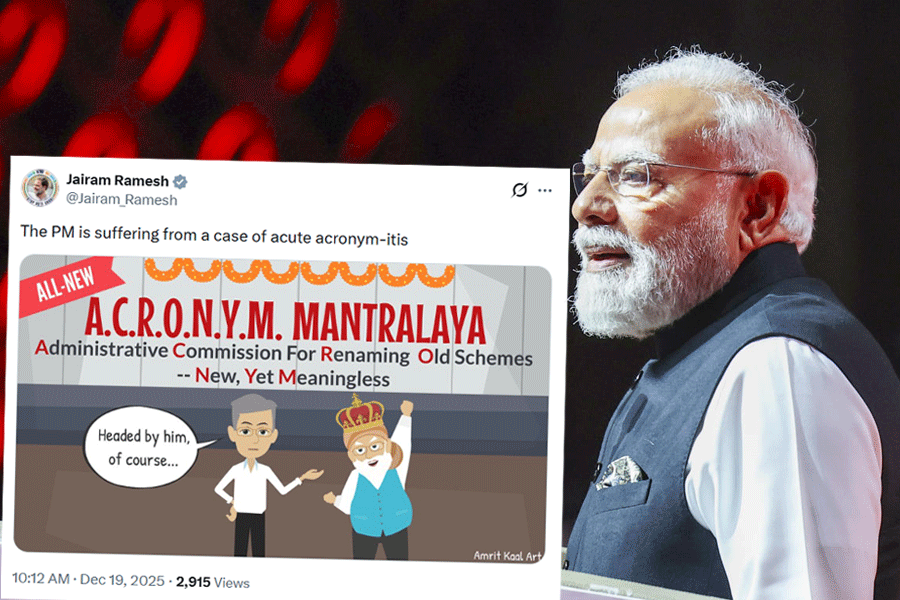 |
Everybody can paint the town red once in a while. If you are the boss, you can exercise such judgement for the office too. If bosses always had their way, most offices would be dark places; if the office boy ruled, green vegetation would dominate along with golden beaches.
There is a “science” in such things that hasn’t been such applied till now. Today, however, with many people working out of home and SOHO (small office home office) becoming a common word, the executive is free to fix his or her own colour scheme and motifs. If you want to work in an environment resembling a James Bond movie set, however, don’t invite the super-boss home or switch on your webcam.
The jury is still out on the subject of universal application of colour therapy. Way back in the 1970s, a prison in Seattle (Washington) painted all its cells pink. It reported a marked decrease in aggression and violence amongst the prisoners. Dozens of prisons in the US promptly painted themselves pink in the hope of reducing conflicts. Nothing of the sort happened. The inmates — now in the pink of health — didn’t mellow a bit.
A history of pink shows why the hue and cry over colour may be unwarranted. Pink started off by representing boys; now it stands for girls. A “pink collar worker” is a person doing women’s work. A pink (or pinko) is a dithering communist, pink money is the buying power of the alternative sexuality community, a Pink Lady is a gin and grenadine, and of course we have the Pink Panther and our very own Pink Baba, Pramod Muthalik of the Sri Ram Sena, who got his pants taken off by the Pink Chaddi Campaign.
According to Internet portal Bizymoms: “Different colours affect people in different ways. Individual space is a concept that speaks for itself. Colour, any colour, is an essential part of our well-being. It forms part of our homes, our gardens — even the way we look, dress and display ourselves to the world.”
This is the generally-accepted colour code:
Red - Motivator and Stimulator.
Green - Nature and Harmony.
Orange - Joy and Happiness.
Blue - Peace and Tranquillity.
Even if colour does not have a meaning — or if it has too many meanings — it’s still important because it is an identifier. Teams in certain sporting events are associated with colours. Our men in blue are surely much better than white flannelled fools; that’s one thing we have to thank Kerry Packer and Australian cricket for.
Many companies have a colour they identify with. This is prominent in service industries. At airports, for instance, the ground-handling personnel of airlines — or the airhostesses while flying — are easily identifiable by their plumage. It’s a sense of “family” that starts right at school.
Colour is the subject of much debate today as corporate loyalties are fading. You got yourself a set of the company’s ties. Do you still wear them when you have quit? For certain categories, it is easy. For assembly line workers, the first thing you do is dump the uniform. Public-facing staff also have to do this, even if the “uniform” consists of just a tie or scarf.
But what about the CEO? He sets the rules. But he should remember that he sets the precedents too. The man in the dhoti is asking others to wear dhotis too. (Or depending on his body language, he might be signalling just the opposite: this is akin to the colour purple being reserved for royalty in ancient times.)
You may not have to sit in a blue room to demonstrate your loyalty to the organisation you work for. But the true company man certainly has his blue underwear on. It’s an inside job.
What mood ring colours mean
Dark blue: Happy, romantic or passionate.
Blue: Calm or relaxed, cool, level-headed.
Blue-green: Somewhat relaxed, uppity.
Green: Normal or average.
Amber: A little nervous or anxious, excited.
Gray: Very nervous or anxious.
Black: Stressed, the ring might be broken, tense or feeling harried.
Source: Wikipedia











